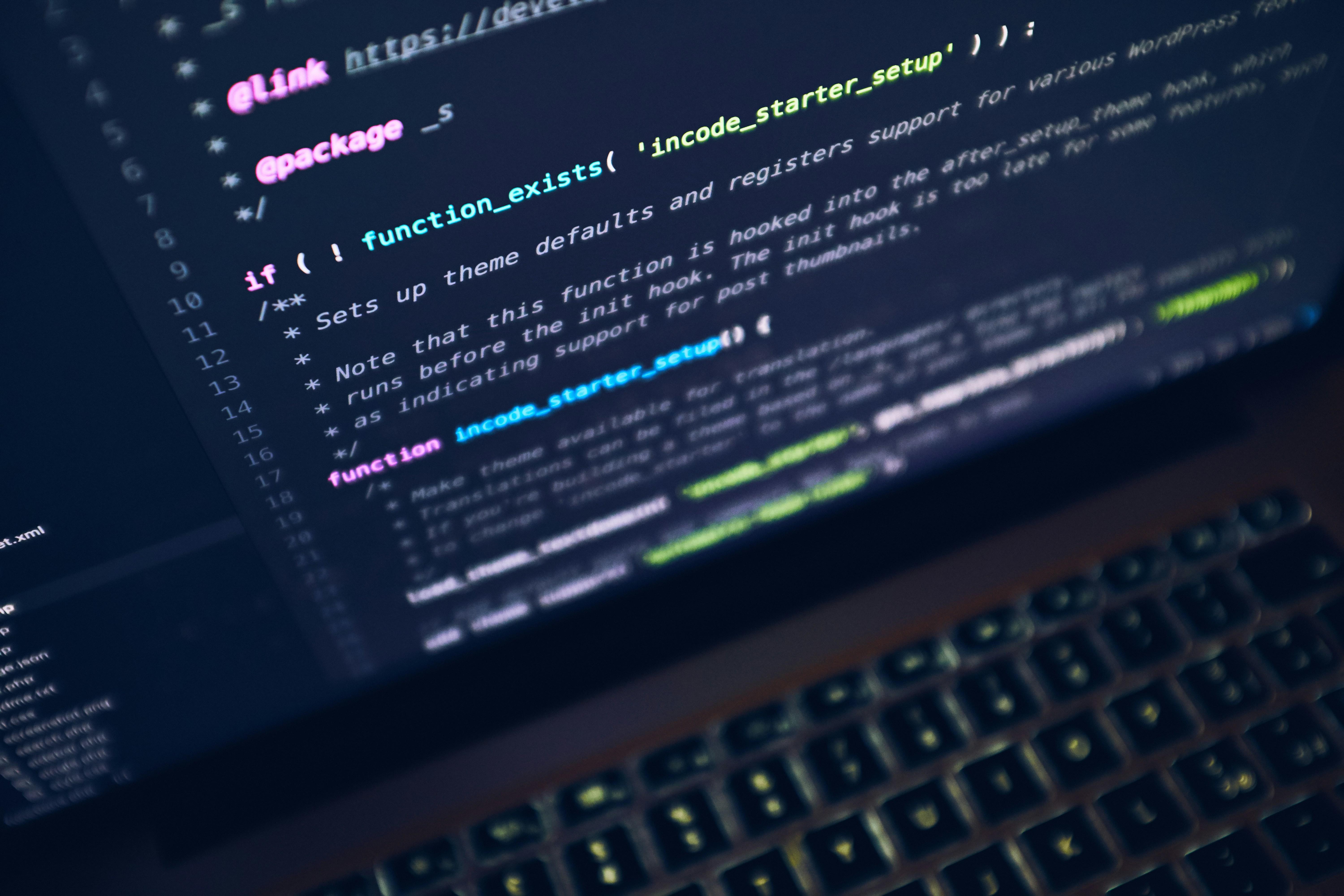In the digital age, where swipes and clicks have become the modern dance of courtship, technology continues to reshape the way we connect. Enter facial recognition technology—a tool once confined to the realms of security and surveillance, now making its way into the world of dating apps. As algorithms promise to match faces with potential soulmates, a question emerges from the shadows: Is this a stride towards more personalized connections, or a step too far into the realm of privacy invasion? This article delves into the intricate balance between innovation and privacy, exploring whether the digital Cupid’s arrow has become too sharp for comfort.
Exploring the Intersection of Love and Surveillance
The integration of facial recognition technology into dating apps raises intriguing questions about privacy and intimacy. On one hand, these tools offer the promise of enhanced security and personalized experiences. Imagine being matched with someone who shares a striking resemblance to your favorite celebrity or feeling assured that your date is indeed who they claim to be. However, the flip side reveals a complex web of privacy concerns. Users might find themselves entangled in a digital surveillance net where every glance and gesture is meticulously recorded.
- Data Collection: How much personal information is being stored and who has access?
- Consent: Are users fully aware and agreeable to their images being analyzed?
- Potential Misuse: Could this data be used beyond matchmaking purposes, such as for targeted advertising?
The delicate balance between love and surveillance becomes even more pronounced when considering these aspects. As technology continues to evolve, so too must our understanding of its implications on our personal lives.

Unmasking Privacy: What Facial Recognition Means for Daters
In the digital age of romance, the integration of facial recognition technology into dating apps raises significant questions about personal privacy. On one hand, this technology promises enhanced security and authenticity by verifying user identities. However, it also opens the door to potential misuse and surveillance, leaving daters pondering the implications of their digital footprints.
Key concerns include:
- Data Security: How securely is your biometric data stored and who has access?
- Consent and Transparency: Are users fully informed about how their facial data will be used?
- Surveillance Risks: Could this technology be leveraged for unwanted tracking or profiling?
While facial recognition can enhance trust in digital dating, it’s crucial to weigh these concerns and consider how much of our personal data we are willing to share in the quest for love.

Navigating Consent and Control in Digital Matchmaking
In the ever-evolving landscape of digital matchmaking, the integration of facial recognition technology brings forth significant questions around consent and control. Users are often required to navigate the complex terrain of privacy settings, where the fine line between enhancing user experience and infringing on personal privacy can become blurred. How much control do users truly have over their data? Are they fully informed about how their facial data is stored, used, or shared?
As facial recognition becomes more prevalent, users should consider the following aspects to maintain their privacy:
- Transparency: Does the app clearly explain how it uses facial recognition data?
- Opt-In Features: Are users given the choice to opt-in or out of facial recognition features?
- Data Security: What measures are in place to protect user data from breaches?
- Consent Management: Can users easily update or withdraw their consent?
Understanding these factors is crucial for users who wish to maintain control over their digital identities while engaging in online dating.

Safeguarding Hearts and Data: Recommendations for Users and Developers
In the evolving landscape of dating apps, both users and developers must prioritize the protection of personal data and privacy. For users, vigilance is key. Always scrutinize app permissions and settings, ensuring minimal data sharing. Consider using apps with transparent privacy policies and robust security measures. Regularly update passwords and use two-factor authentication when available. It’s also wise to stay informed about the latest privacy practices and potential vulnerabilities.
Developers, on the other hand, bear a significant responsibility. Implement end-to-end encryption to safeguard user data from unauthorized access. Prioritize data minimization, collecting only what’s necessary for app functionality. Ensure that facial recognition features are optional, with clear consent obtained from users. Regular security audits and updates are essential to address any emerging threats. By fostering a culture of privacy and transparency, developers can build trust and ensure a safer digital environment for all.



